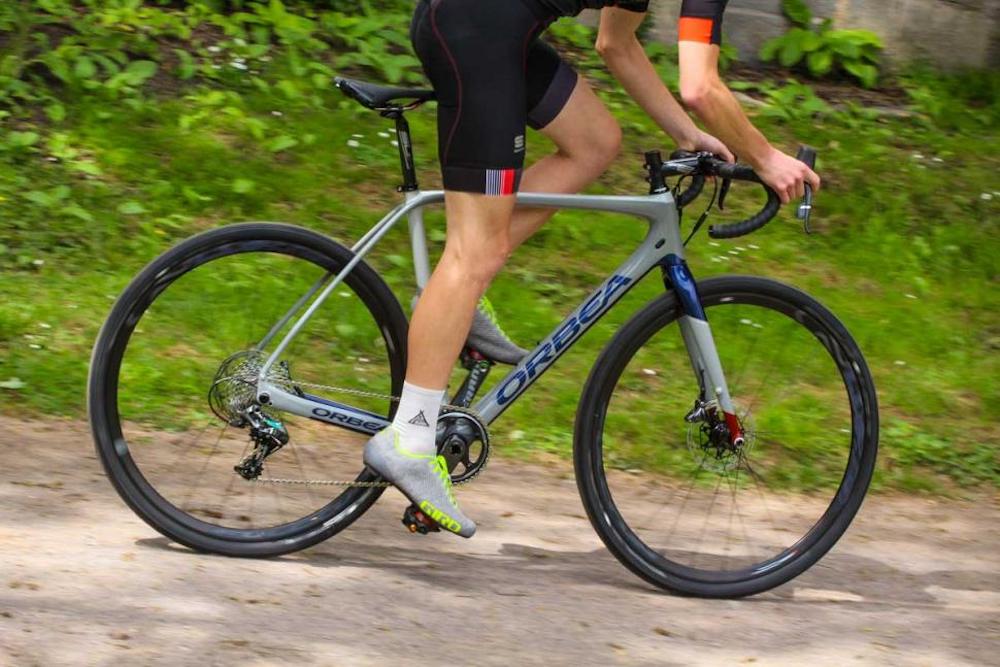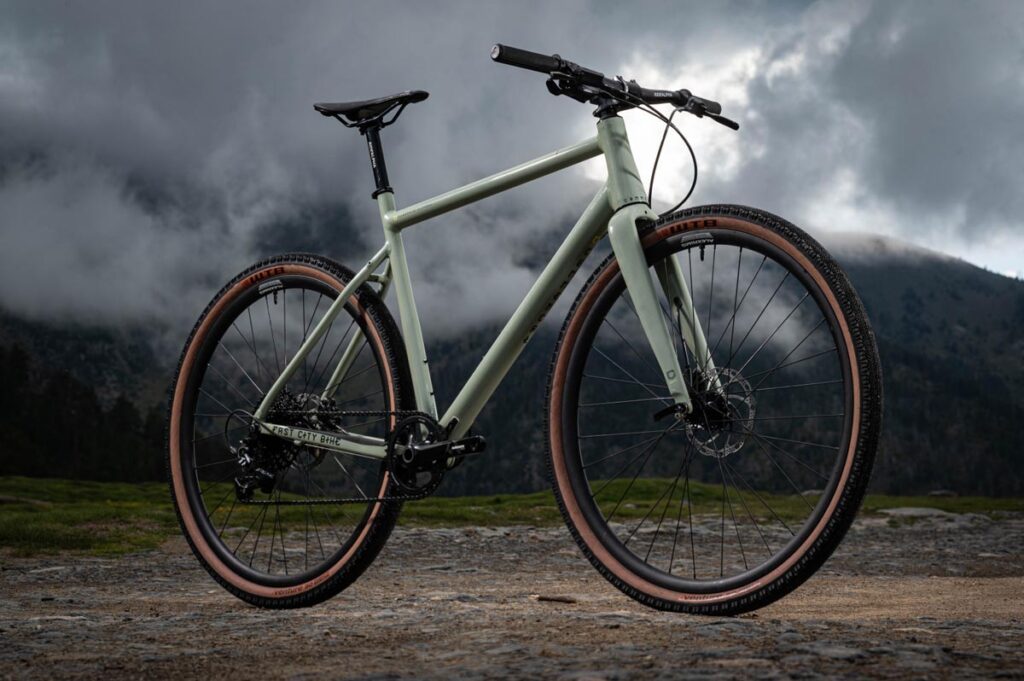
7 Things You Shouldn’t Do With Your New Gravel Bike
Choosing the perfect gravel bike with particular specifications can be a challenge. But once you find “the one,” the next step is taking good care of it. This is the real challenge.
Taking care of your new gravel bike is much like caring for a new pet. There’ll be fun times with it and times when it needs your attention. Here is a list of things you shouldn’t do with your new gravel bike lest you want it to be in bad condition before even making that bikepacking trip.

-
Making Unnecessary Changes
You’ve chosen your new gravel bike, and all that’s left is for the transaction to be complete. However, before that, you need to discuss with a mechanic (preferably from the same showroom) to adjust the details of your bike.
After that, if you plan on making other adjustments of your own, it’ll not only be expensive, but you’ll have to start changing many things all over again. So when you receive the final product, avoid making unnecessary changes immediately. Changes such as:
- Size and Type of Bicycle Tires
Changing the tires’ size and type can be difficult to find the right fit. The tires have to be adjusted according to your weight and the width of the tires depends on your comfort level when riding your bike.
- Adjustment to the Bike Saddle
If you’re not comfortable on your bike, you won’t be able to ride far. Therefore, the bike’s saddle or seat is also an important aspect of the bike that needs adjustment according to your needs. So there’s no need to rush on changing the saddle unless you are uncomfortable riding on it.
- Replacing Pedals
Standard pedals, such as plastic, nylon, or PVC, come in different sizes and qualities. Changing them can be very expensive, so why rush it?
- Handlebar or Hand Grip
This is very important as you have to maintain contact with it constantly. There are many material choices, such as rubber, leather, or foam, whichever you feel comfortable steering your gravel bike with. But even this is not required to change if the current grip doesn’t meet your needs.
- Brake Cable
Good quality cables improve flexibility and are more resistant to scratches, tears, and weather conditions. So if the bike you just bought has good quality cable built-in, there’s no need to replace it.

-
Riding With Loose or Over-tightened Bolts
Loose bolts can make the bike slippery and lead to a serious accident. This happens often when riding gravel roads as the vibrations cause the bolts to loosen. You’ll be able to notice immediately when the bolts on your gravel bike are loose. Stop riding and tighten it with a good bike torque wrench when that happens.
When you over-tighten your bolts, you will build up pressure and lead to parts being damaged. It can be difficult to remove an overly-tightened bolt during maintenance. So, before going out on your gravel bike, make sure your bolts are properly fastened.
-
Turning Corners at a Fast Pace
Maneuvering a gravel bike on corners when you’re speeding often results in a disaster. The reason is that gravel bikes are heavier than most road bikes or e-bikes, weighing five pounds more than the latter. The wheels also have a large surface area, making it almost impossible to control the bike at a fast pace, especially when turning a corner.
Moreover, gravel bikes are fitted with disc brakes, making them less efficient than those without them.

-
Over or Under-inflating Tires
Low pressure can lead to a flat tire and prematurely wear out the rubber tire.
In addition, don’t over-inflate your bike’s tires, as it’ll cause more vibrations against the gravel, making it uncomfortable to ride.
Remember to keep the road conditions, the surface area of your bike’s tires, and weight in mind when inflating tires. If the road is dry and smooth, you can raise the pressure slightly, whereas if the roads are muddy, drop a few pounds per square inch (PSI) for a more stable ride.
-
Not Following Proper Washing Methods
Gravel bikes are meant to get dirty. Keeping it clean is essential, so the parts don’t get rusted and damaged. However, avoid deep cleaning so often as the water penetrates the hub and frame, leading to poor functioning of the bike. Once or twice a month of deep cleaning would suffice.
In addition, scrub your gravel bike with a damp, wet cloth after every ride. Storing it away dirty will only cause corrosion from all that dirt, mud and grime. So every time you take your gravel bike for a spin, remember to clean it, especially the wheels and frames. Later, dry it with a clean microfiber cloth. You can leave it under the sun to dry, but it’ll take a lot of time, and the water may start penetrating and damaging the inside parts.

-
Hanging On To Moving Vehicles
A stunt like this may get you recognition but also at the cost of your life. Gravel bikes, unlike road and mountain bikes, are not built for speed. Therefore, holding onto moving cars can make the bike skid off, have less amount of control, and eventually cause serious major accidents.
-
Not Exercising Caution
Though gravel bikes are suitable for light cross-country riding, wearing safety gear is always encouraged. Minor crashes are a common occurrence when it comes to riding on a gravel bike. Therefore, ensure you have a padded helmet, and knee and elbow pads.
Some of you may think that helmets don’t make you look cool, which is a common helmet myth. On the contrary, new models of helmets, such as the dual visor helmet, are designed to protect your head from injury and have built-in sunglasses to protect you from the sun’s UV rays, and guess what? It makes you look cool too.
Another word of caution is to attach a first aid kit to your bike. It should contain basic supplies required to patch up minor injuries.

Bottom Line
Gravel bikes are for the adventure-lovers and those looking for a challenge. So, knowing how to take care of your bike and what things you should avoid doing with it is essential. This way, you’ll spend less on repairs and get to focus more on that next bike-packing adventure with friends and family.



